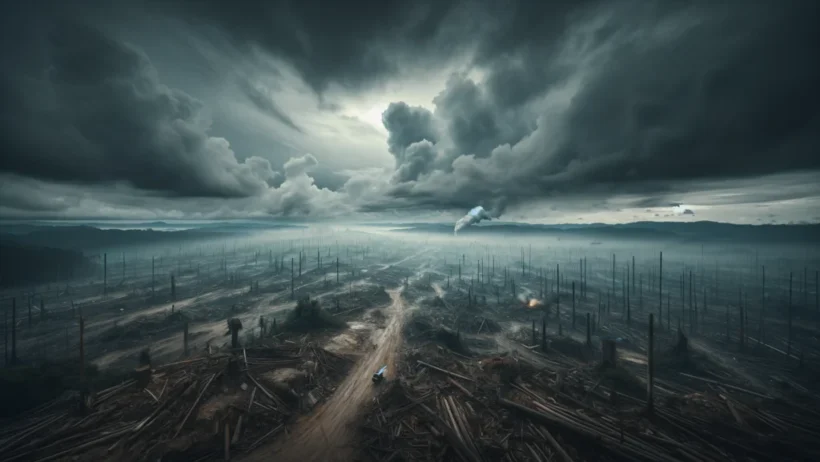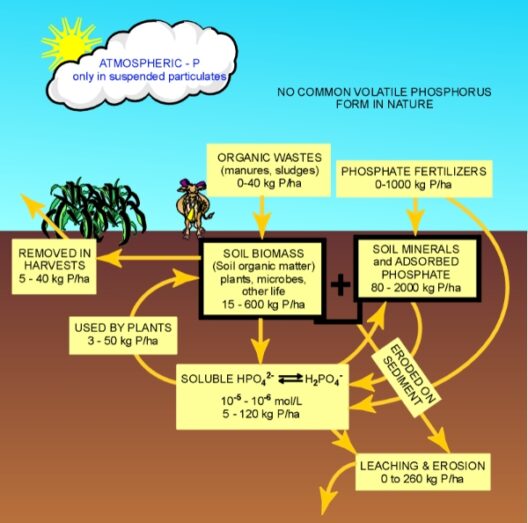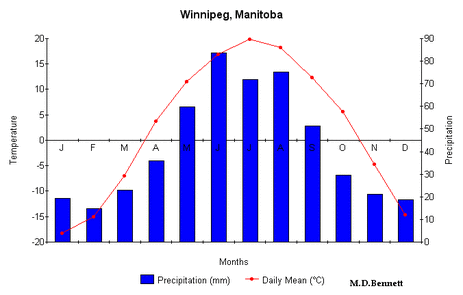The intricate relationship between deforestation and climate change is a subject of paramount importance. Understanding this connection is essential for grasping the complexities of our planet’s health and the impact of human activity on it. Deforestation, which refers to the large-scale removal of trees, is not merely an environmental issue but a significant catalyst for climate change.
Forests, often dubbed the lungs of the Earth, play a critical role in regulating the atmosphere. They absorb carbon dioxide (CO2), a greenhouse gas that traps heat in the atmosphere. This absorption mitigates the overall concentration of CO2 in the air, thereby moderating the climate. When trees are cut down, not only is this carbon storage capacity diminished, but the carbon stored in trees is released back into the atmosphere, further exacerbating climate change.
The destruction of forests occurs for several reasons, primarily agricultural expansion, logging, infrastructure development, and urbanization. Each of these activities contributes to a decrease in forest cover. When vast expanses of trees are removed, the local climate can also change—temperatures may rise, rainfall patterns can be altered, and the biodiversity that thrives in these ecosystems is often irreparably lost.
One of the more insidious aspects of deforestation is its role in feedback loops related to climate change. As trees are cut down, the albedo effect becomes more pronounced; this refers to the change in surface reflectivity. Forests have a lower albedo compared to bare soil or urban areas, which means they absorb more sunlight. The transformation of rich forests to barren land can lead to increased temperatures, further diminishing the capacity of the environment to support tree growth, thus perpetuating the cycle of deforestation and exacerbating climate change.
Moreover, the loss of trees leads to soil erosion. Tree roots bind the soil, preventing it from washing away during heavy rains. Without the protective cover of trees, soil degradation can occur, leading to decreased agricultural productivity. This issue creates a false dichotomy; as agricultural yields decrease, there’s increased pressure to clear more forestland, further intensifying the problem.
Deforestation also poses a dire threat to biodiversity. Forests are home to an estimated 80% of terrestrial species of animals, plants, and fungi. The eradication of these habitats not only drives countless species to extinction, altering ecosystems irreparably but also strips humanity of the invaluable services these organisms provide. Pollinators that assist in food production, natural pest controllers, and species that contribute to medicinal discoveries are all casualties of deforestation.
The socio-economic dimensions of deforestation cannot be overlooked. Many communities, particularly indigenous populations, rely on forests for their livelihoods—be it through harvesting non-timber forest products or sustainable forestry practices. The encroachments into forested areas threaten these communities’ way of life, often resulting in conflict, displacement, and further marginalization.
In the context of climate change, the urgency to address deforestation has become increasingly apparent. The Paris Agreement underscored the significance of protecting forests as a fundamental strategy to limit global warming to well below 2 degrees Celsius. Countries that pledge to reduce emissions must also include measures to preserve, restore, and sustainably manage forest ecosystems. Promises of reforestation and afforestation have surfaced as potential solutions, yet these must be carefully implemented, ensuring that they do not come at the expense of existing forests.
Innovative practices such as agroforestry—integrating trees into agricultural landscapes—can serve dual purposes: enhancing food production while simultaneously preserving forested areas. This approach not only aids in carbon sequestration but also promotes soil health and biodiversity. Transitioning towards sustainable land management practices is essential as the demand for food and resources continues to grow.
Moreover, the role of reforestation cannot be overstated. Restoring degraded forest land can lead to significant gains in carbon stocks, increased biodiversity, and improved soil quality. However, it is vital that these efforts are undertaken in conjunction with policies aimed at reducing deforestation and are not merely treated as compensatory measures to offset emissions.
The fight against deforestation must also encompass raising public awareness and promoting education regarding sustainable practices. Empowering individuals, communities, and businesses to make environmentally conscious decisions can curtail deforestation rates. Engaging in responsible consumption—including choosing sustainably sourced products—offers a tangible way for society to contribute to the preservation of forests.
In conclusion, deforestation plays a critical role in climate change, affecting not only the environment but also socio-economic structures worldwide. The relationship between cutting down trees and the consequences that ensue is profound and multifaceted. Addressing deforestation requires a concerted effort on multiple fronts—policy reform, community engagement, scientific innovation, and a commitment to sustainability. Our future hinges on how effectively we can navigate this complex issue, championing the cause of our forests and, by extension, our planet’s climate.








